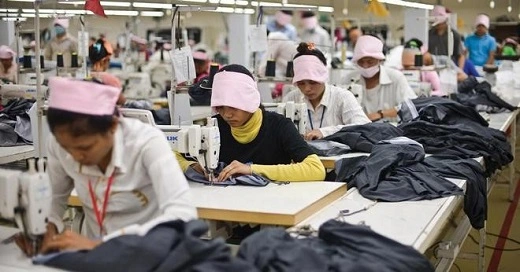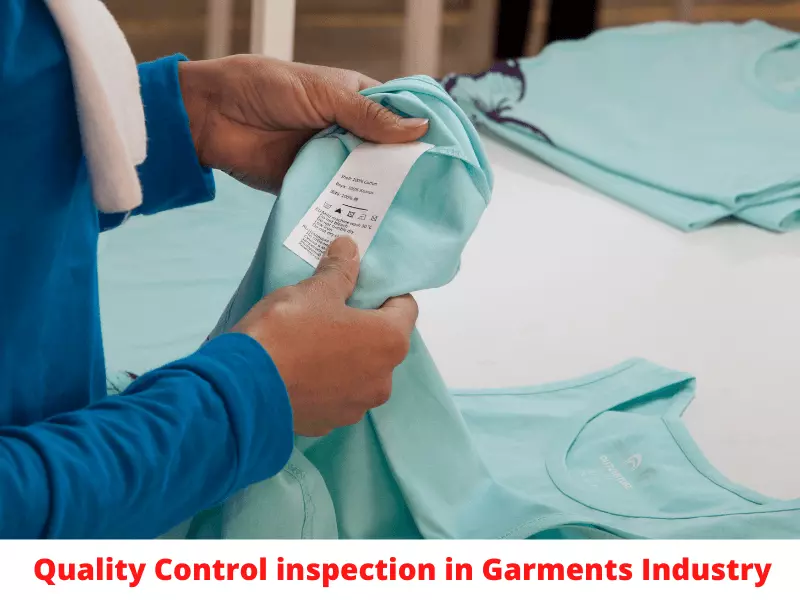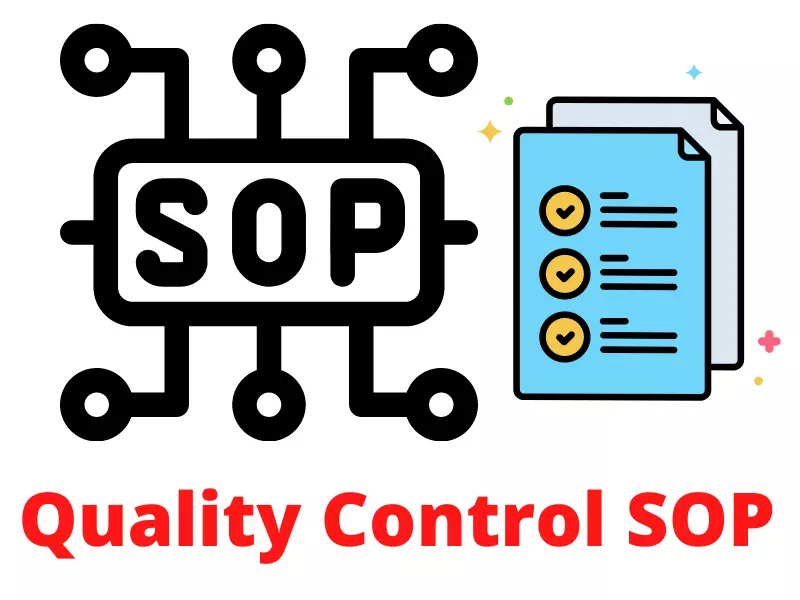Quality Improvement Methods in the Apparel Industry
Quality is a pre-historic psychological issue. Every product features have some unique characteristics for which it is in demand by consumers. Generally, quality meets and exceeds customer expectations at a price he is willing to pay to possess the product or service. In this article, we present Quality Improvement Methods in the Apparel Industry.
There are many methods for quality improvement. Methods of Quality Improvement mainly cover product improvement, process improvement, and people-based improvement. In the following list are methods of quality management techniques that incorporate and drive quality improvement.

Quality Improvement Methods in the Garments Industry
Here, I will mention some quality and productivity improvement techniques that are widely used in the apparel industry:
- ISO 9004:2000: Guidelines for performance improvement.
- ISO 15504-4: 2005– Information technology – process assessment – part 4: Guideline on use for process improvement and process capacity determination.
- QFD– Quality Function Deployment, also known as the house of quality approach.
- Kaizen– Japanese for change for the better; the common English usage is continual improvement.
- Zero Defect Program: Created by NEC Corporation of Japan, based upon Statistical Process Control and one of the inputs for the inventors of Six Sigma.
- Six Sigma– Six Sigma is based on statistical process control.
- PDCA– Plan Do Check Act cycle for quality control purposes. Improved versions of this cycle such as STARS and Six Sigma’s DMAIC methods (Design, Measure, Analysis, Improve, Control) for more general improvement purposes.
- Quality Circle– A group (people-oriented) approach to improvement.
- Taguchi methods– Statistical-oriented methods including quality robustness, Quality loss function and target satisfaction.
- Toyota Production System (TPS): The Toyota Production System was reworked in the West into Lean Manufacturing.
- Kansei Engineering– An approach that focuses on capturing customers’ emotional feedback about products to derive improvement.
- TQM– Total Quality Management is a strategy aimed at embedding awareness of quality in all organizational processes. First promoted in Japan with the Deming prize, which was adopted and adapted in the USA as the Malcolm Baldrige National Quality Award and in Europe as the European Foundation for Quality Management Award (each with their own variation).
- TRIZ– Meaning “Theory of Inventive Problem Solving”.
- BPR– Business Process Re-engineering is a management approach aiming at “Clean slate” improvements (i.e., ignoring existing practices).
- QMS: A number of systems, measures, and techniques are used so that only quality goods are produced in the first place, and defects do not originate at all. ISO methods are also a kind of QMS method; apart from that, many QMS systems are available.
- QC Tools: There are many types of QC tools; 7 QC tools are the best among them. That is statistical process control (SPC) by bar chart, Pareto analysis, Check Sheet, Control Chart, Stratification, etc.
Conclusion
These quality improvement methods are significantly proven. We can use these methods to improve the quality and get sustainable results. We can try these methods not only in apparel but also in any other industry.
- You may love to read: Technical Audit Checklist in the Sweater Industry.


